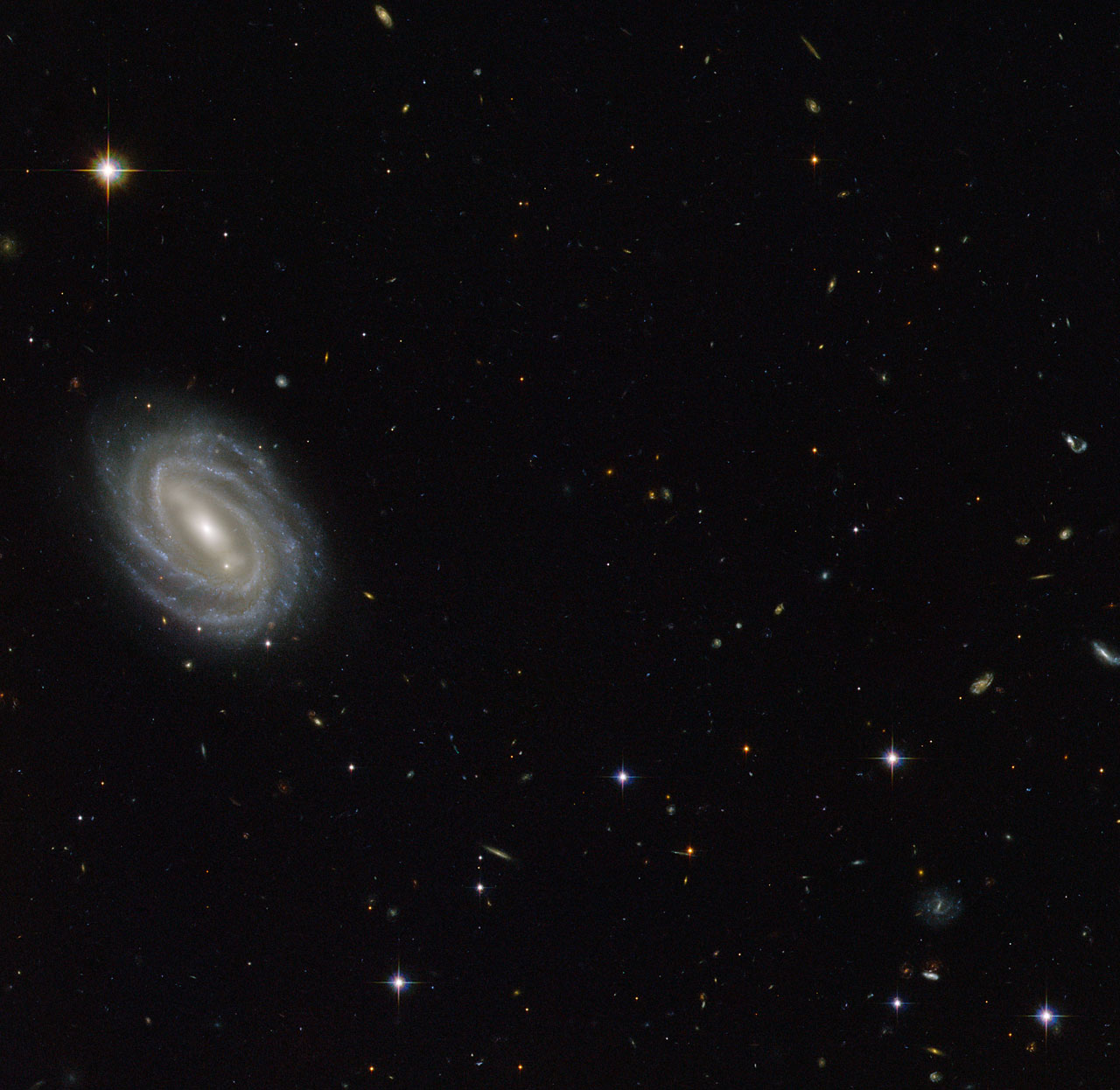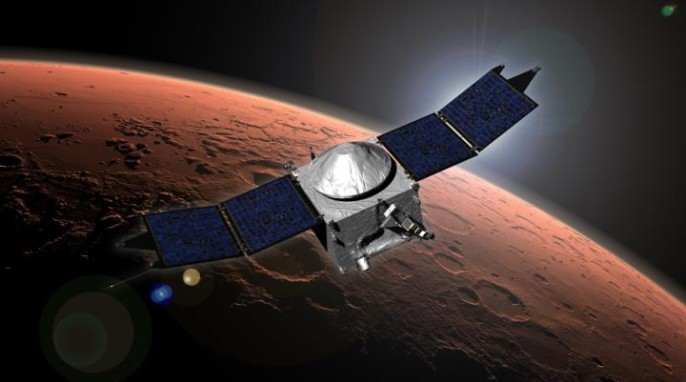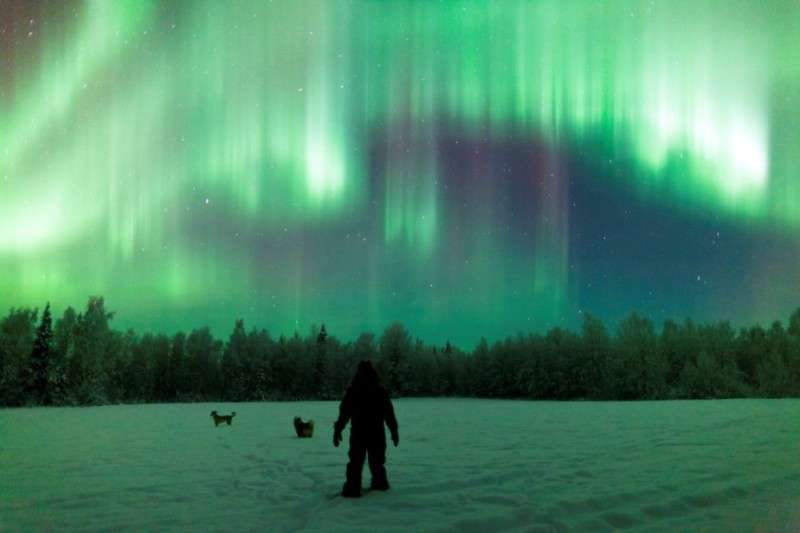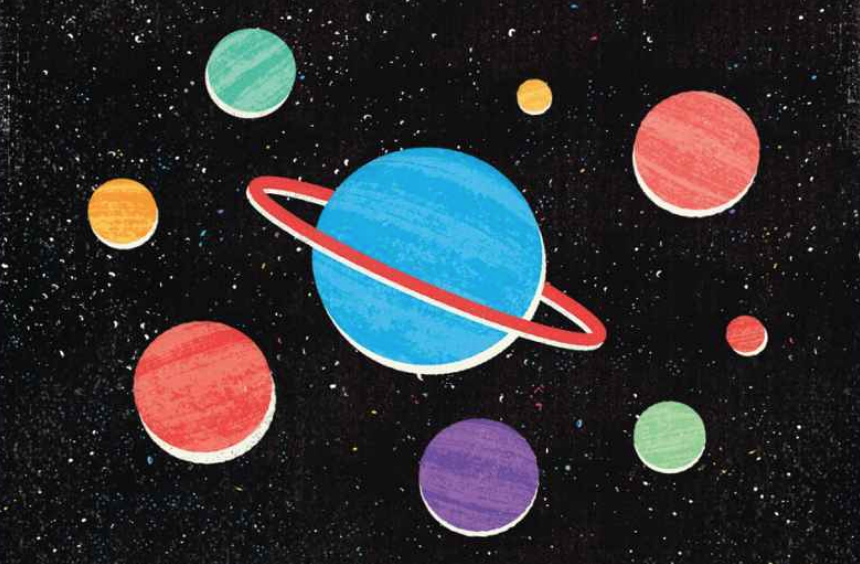Dark energy was proposed to explain why we have accelerated expansion of the universe, but new research suggests an alternate explanation.
By Helen Petre
Dark energy is a proposed form of energy that is supposed to be responsible for the acceleration of the expansion of the universe. No one has ever seen or found it. It is a repulsive, antigravity force, and Neil deGrasse Tyson makes YouTube videos explaining it. It all started with the Big Bang, 13.8 billion years ago, and then the universe started moving away from some point in all directions. About 10 billion years ago, it appears that the expansion accelerated, and so, scientists thought up the idea of dark energy to explain this.
Origins of dark energy as an explanation
For about 100 years, scientists thought the universe was expanding at an accelerating rate, and that gravity would make the acceleration of the universe slow down over time. Then, about 1990, they got the idea that since type 1a supernovae have constant luminosity, they could measure the speed at which a supernova was receding by measuring the red shift. Well, they found out that the acceleration of universe expansion is increasing, so they had to come up with an antigravity idea and someone thought of dark energy. Adam Riess, Saul Perlmutter, and Brian Schmidt won the Nobel Prize in physics in 2011 for that. In 2013, they came up with the lambda cold dark matter model. Assuming the lambda cold dark matter model is correct, dark energy makes up 68 percent of the energy in the universe and is making things move apart faster and faster.
When I learned about this invisible force in my Astronomy 101 class, I was skeptical. Apparently, so are a lot of other people, including some scientists at the University of Canterbury in New Zealand. David Wiltshire and his students proposed the timescape model in 2007, and they recently published an article in the Monthly Notices of the Royal Astronomical Society: Letters describing how they did a lot of statistics to show that there is no need for dark energy to explain the acceleration of the expansion of the universe. They explain that this is because gravity does exist, but in the voids of space, time is different than in parts of the universe that have matter. Einstein knew all about this.
The timescape model
Dr. Wiltshire’s timescape model takes into consideration the fact that gravity slows time. That means that time in empty space is faster than time in places like the Milky Way, where we live, where there is lots of stuff. Stuff has gravity. Dr. Wiltshire did a lot of math and figured out that the Milky Way should be about 35 percent slower than some place out in space where there are no objects. That means billions more years have passed out there as compared to Earth. So it would seem that the faraway places in the universe, where there is nothing, are moving away from us a lot faster than we would expect.
The timescape model suggests that the kinetic energy of expansion is not uniform because the universe is not uniform. Time is faster in voids. Time is slower around galaxies.
The idea of dark energy is based on the assumption that the universe is expanding uniformly. Since the universe has objects and objects have gravity, the parts of the universe with objects have slower time than the voids of space farther away. As objects move away from us, they appear to be moving faster, but they are not. Time is moving faster out there.
Was there ever dark energy?
Most astronomers and cosmologists support the idea of dark energy, but some don’t. Since there is no empirical evidence for dark energy, we can’t design an experiment to see if it is there. Einstein taught us there is a relationship between mass and energy. So how can energy not be related to mass? Dark energy was suggested just to provide an answer for why the universe is expanding at what seems to be an accelerated rate. Sometimes just thinking about how things could work is reasonable. Sometimes it is not.
When did the expansion of the universe start accelerating?
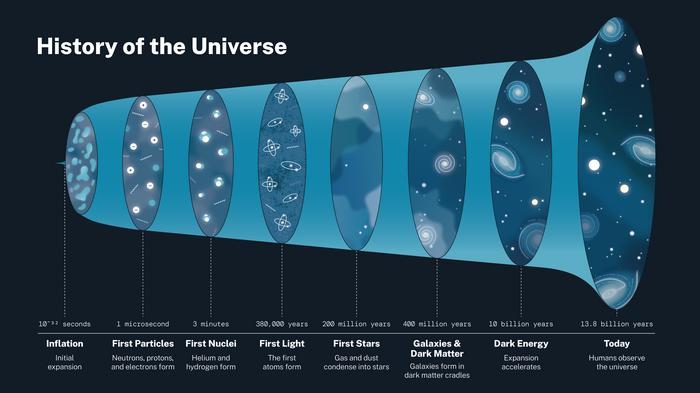
The universe was expanding pretty uniformly until about 10 billion years ago and then all of sudden, the acceleration increased, a lot. Dark energy is just the name that astronomers gave to the mysterious “something” that is causing the universe to expand at an accelerated rate.
RELATED: Let’s consider the early universe and the elements forged in the hearts of stars.
What exactly is dark energy?
We have no idea. For now, scientists simply think it is something that allows the expansion of the universe to accelerate. There are many ideas, but no answers. The universe is expanding and it seems to be accelerating, but Dr. Wiltshire and his team have a very logical and simple answer. It is not there. We don’t need to make stuff up to explain things we don’t understand. Maybe there is dark energy, but maybe there is not. Maybe time is slower when gravity is stronger. As the universe expands, it gains more volume, which means relatively less mass, so less gravity and faster time. That makes sense.
The universe was expanding at a relatively constant rate with all the planets and stuff, but when expansion resulted in more space, it reached a point where all the objects were really spread out and there was a lot of empty space. Time is faster with less gravity. Even without understanding the math, this is logical. The Earth, our solar system, and the Milky Way will probably keep time just the same, because we are measuring time from our point of view. The rest of the universe is moving away from us and as it is expanding in all directions, it appears to be moving very quickly. Dr. Wiltshire may be onto something here and he has a lot of math to explain his ideas.
This study was published in the journal Monthly Notices of the Royal Astronomical Society: Letters.
References
Gohd, C. (2024). What is Dark Energy? Inside our accelerating, expanding Universe. NASA. https://science.nasa.gov/universe/the-universe-is-expanding-faster-these-days-and-dark-energy-is-responsible-so-what-is-dark-energy/
Seifert, A., Lane, Z. G., Galoppo, M., Ridden-Harper, R., and Wiltshire, D. L. (2025). Supernovae evidence for foundational change to cosmological models. Monthly Notices of the Royal Astronomical Society: Letters, 537(1), L55–L60. https://doi.org/10.1093/mnrasl/slae112
Featured image: NASA/ESA Hubble Space Telescope image showing a spiral galaxy known as PGC 54493, located in the constellation of Serpens (The Serpent). Astronomers study this galaxy and others as they explore phenomena such as dark matter and weak gravitational lensing. Credit: NASA Goddard, December 8, 2017.

About the Author
Helen Petre is a retired biologist. She lives in Florida and works to inspire future generations to ask questions.

